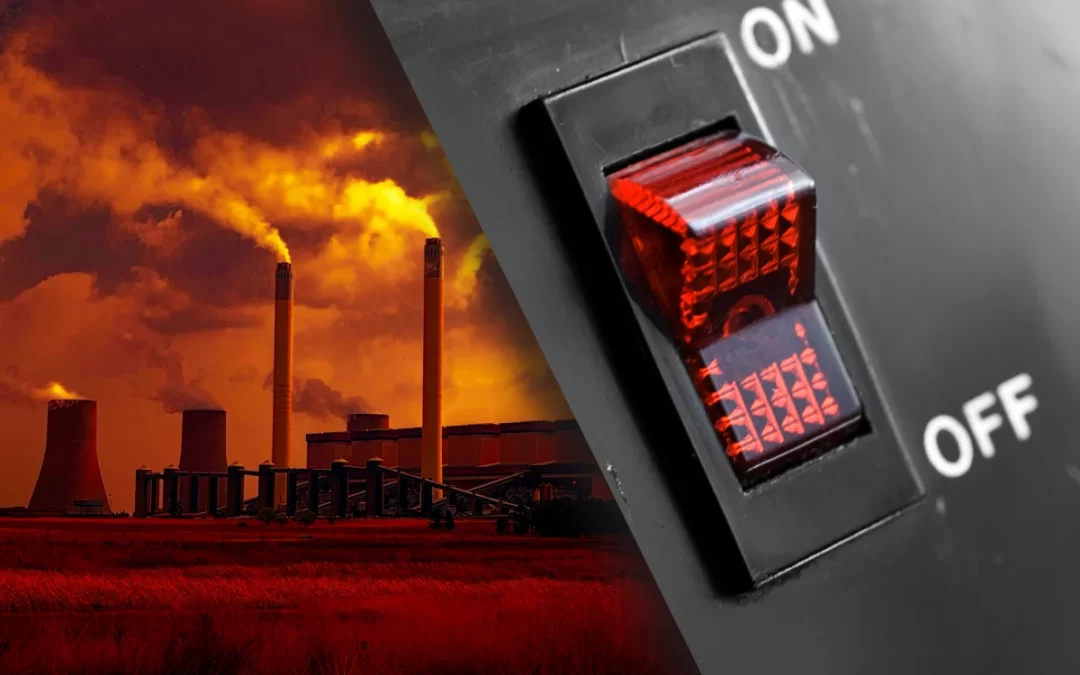BUSSINESSTECH 5TH DECEMBER 2022
While South Africa’s political space sits in a state of turmoil, the country’s power situation has been there for a long time – and is expected to get worse when Koeberg Unit 1 is pulled offline this week.
On Thursday, 8 December 2022, Unit 1 of the Koeberg Nuclear Power Station will be shut down for normal maintenance and refuelling, and the replacement of the three Steam Generators (SGR) as part of the long-term operation to extend the operating life of Africa’s only nuclear power station.
Koeberg Nuclear Power Station is currently the most reliable energy producer in Eskom’s fleet, and its maintenance programme will remove over 900MW – equal to almost one stage of load shedding – from the grid for at least six months.
Following a push to stage 4 load shedding over the weekend, economists at the Bureau for Economic Research (BER) expect rolling blackouts to stick to higher stages for the coming months.
Eskom has emphasised the need to conserve its limited diesel stocks and to create space to replenish dam levels in the pumped storage schemes. The group needs more diesel and more money to buy diesel – but neither of these things are forthcoming.
“After recently receiving some diesel from PetroSA, Eskom pleaded with National Treasury for R19.5 billion to buy diesel to fuel its open cycle gas turbines. Finance minister Enoch Godongwana said the Treasury has no money for this,” the BER said.
“Therefore, elevated levels of load-shedding remain on the cards in the foreseeable future.”
This echoes the warning from Eskom itself, with the power utility stressing in its alerts that South Africans should expect load shedding to continue for the next six to 12 months as it struggles with breakdowns while trying to execute its planned maintenance schedule.
Eskom’s own load shedding forecast for the year ahead shows that the group either has to keep unplanned outages below 13,000MW or have billions of rands more to spend on diesel to keep load shedding at bay – or, at the very least, at low stages.
However, neither of these options are available. The group has been largely unsuccessful in keeping outages below 16,000MW – its worst-case scenario – and there is simply no more money for diesel.
As the group prepares to pull another 920MW offline at Koeberg, several failures and disasters at the Medupi and Kusile power stations are keeping a further 3,000MW off the grid for the next year at least.
Delays and destruction
As Eskom looks to decommission several of its coal power stations over the next few years, the newest stations on its fleet – Medupi and Kusile, intended to take over from the old stations – are proving to be less reliable.
After suffering years of delays and overblown budgets, neither of the power stations is yet fully complete, and the units that work are constantly breaking.
Of the six units at Kusile, only one is on load.
The 23 October 2022 duct structural collapse that shut down unit 1 of the Kusile Power Station – and the decision to delay the return to service of units 2 and 3 as a precautionary measure – has inflicted a massive blow to Eskom’s efforts to improve the availability of electricity generation capacity and to reduce the implementation of load shedding.
These three units being offline – at 720MW each – severely reduces available capacity. Unit 5, which experienced a fire in the gas air heater during a commissioning exercise, will only come online at the end of 2024, while unit 6 will only be completed by May 2024, Eskom said.
Only unit 4 is currently on load at Kusile.
Meanwhile, Medupi unit 4 – which suffered an explosion in 2021 – is only expected to come back online in 2024, leaving its 800MW offline as well.

